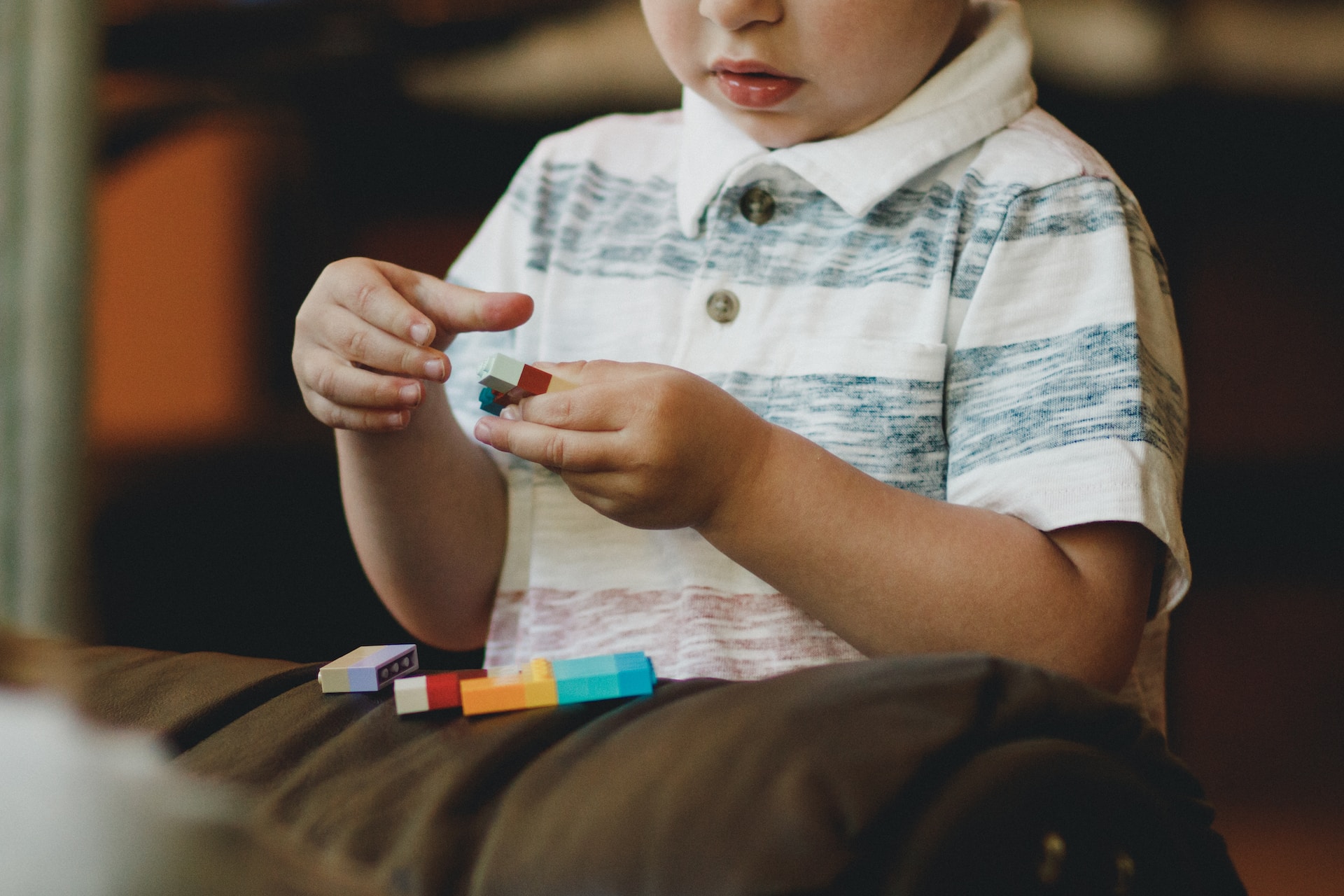
In the world of toys, few have captured the hearts and minds of children and adults alike as effectively as LEGO. The vibrant, interlocking plastic bricks have become iconic symbols of creativity, imagination, and endless possibilities. Beyond the sheer joy of building, LEGO play holds tremendous importance in fostering essential skills and promoting holistic child development. Let’s delve into the profound impact LEGO building has on young minds and the valuable lessons it imparts.
LEGO building requires intricate hand-eye coordination, precise finger movements, and dexterity. The process of manipulating and connecting bricks enhances fine motor skills, enabling children to develop precise control over their hand movements. As they carefully align and fit the pieces together, children refine their motor skills, paving the way for improved handwriting, drawing, and other activities that demand manual proficiency.
LEGO’s open-ended nature sparks boundless creativity and imaginative play. The absence of prescribed outcomes allows children to explore their ideas and bring them to life. Through building structures, vehicles, and entire worlds, children engage in storytelling, problem-solving, and role-playing, nurturing their imaginative thinking and expanding their horizons. LEGO’s versatile blocks empower children to become architects, inventors, and storytellers, developing their ability to think outside the box.
LEGO building stimulates various cognitive abilities crucial for a child’s intellectual growth. As they construct complex models or follow instructions, children exercise critical thinking, spatial reasoning, and logical sequencing. They learn to break down a larger project into smaller, manageable parts, developing planning and organization skills. Additionally, the process of trial and error instills resilience, patience, and a growth mindset, teaching children the value of persistence and learning from mistakes.
Playing with LEGO bricks is often a collaborative activity that encourages social interaction and cooperation. When children work together on a LEGO project, they learn to communicate ideas, negotiate, and share responsibilities. Collaborative building promotes teamwork, empathy, and respect for diverse perspectives, enabling children to develop vital social skills that are crucial for success in later life. Furthermore, completing a LEGO creation instills a sense of accomplishment, boosting self-esteem and nurturing a positive self-image.
Building these bricks presents children with a multitude of challenges and problems to solve. Whether it’s figuring out how to make a structure stable or modifying designs to overcome obstacles, children engage in critical problem-solving processes. They learn to analyze, adapt, and find innovative solutions, honing their logical reasoning and lateral thinking abilities. The ability to approach problems from different angles becomes ingrained, preparing children for future academic and real-life challenges.
LEGO building is far more than just a playful pastime. It serves as a catalyst for comprehensive child development, fostering a range of skills and abilities crucial for success in various domains of life. From fine motor skills to creativity, cognitive development to social interaction, LEGO play nurtures young minds in profound ways. By embracing the world of LEGO, we empower children to think, create, collaborate, and navigate their paths with confidence. So, let us celebrate the vibrant bricks that shape not only extraordinary structures but also the extraordinary individuals who build them—one brick at a time.